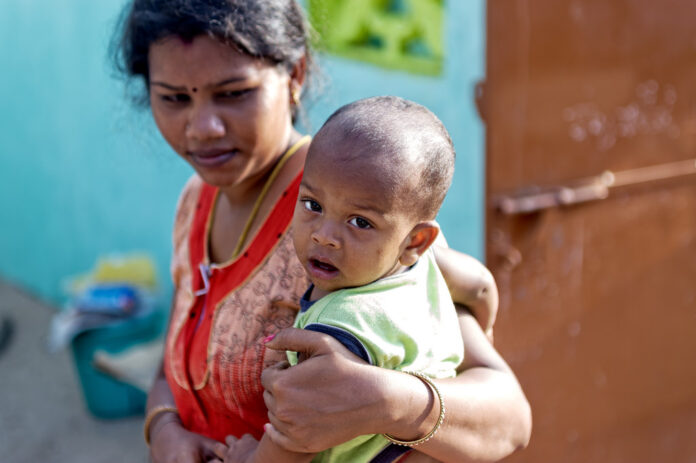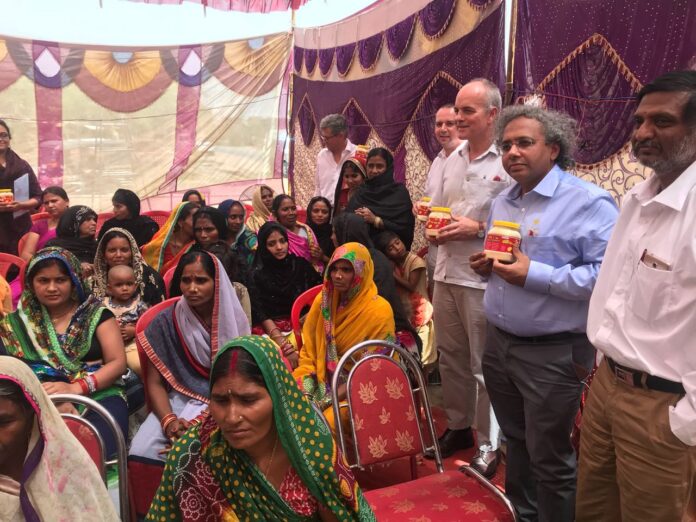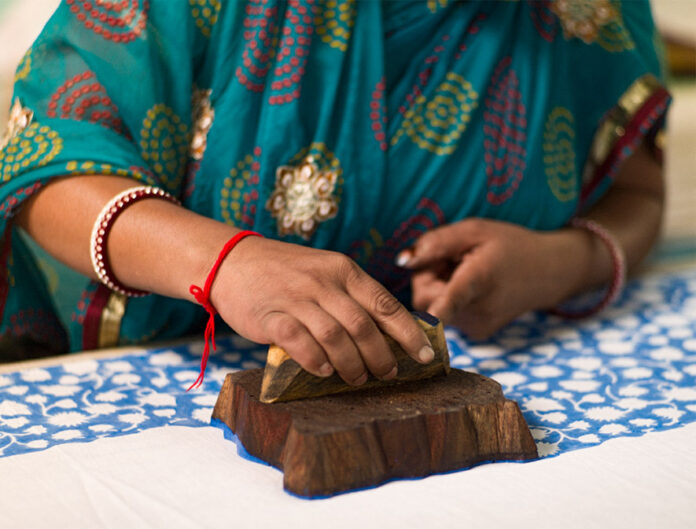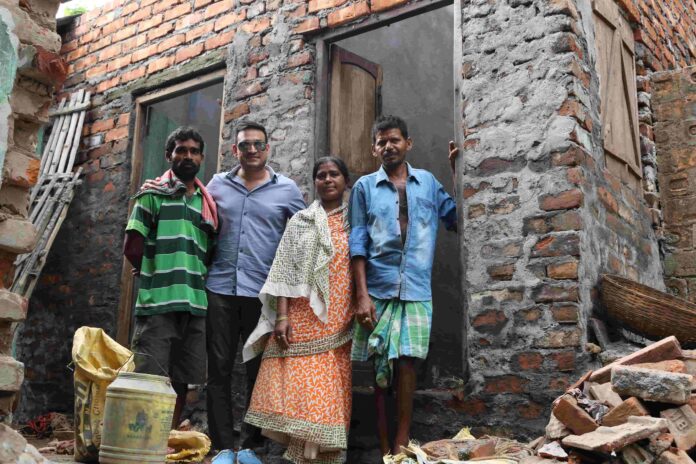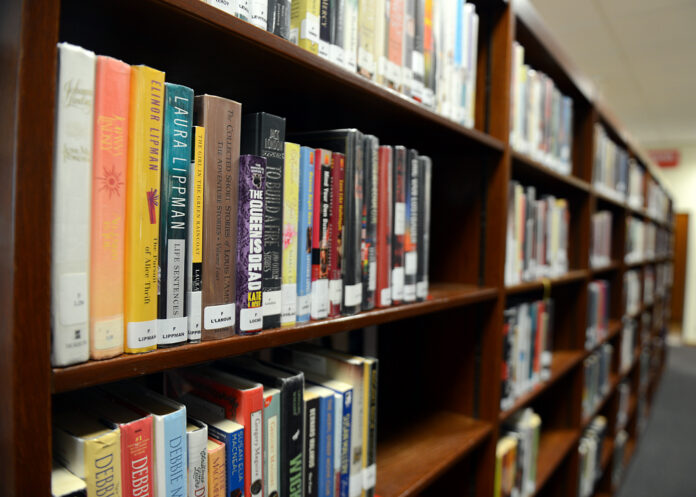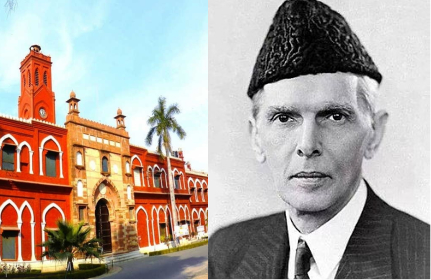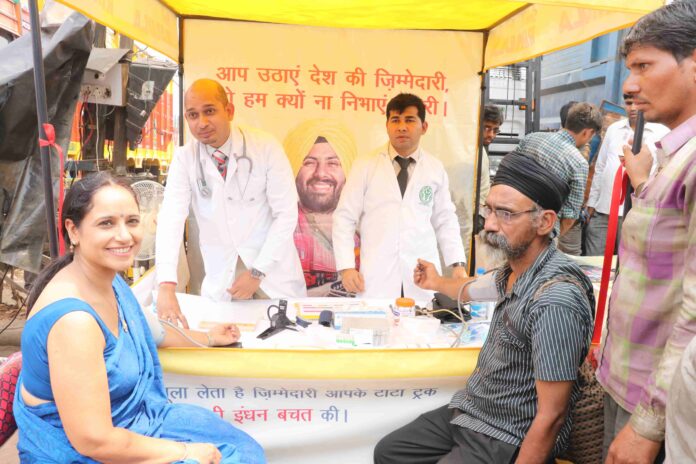Mobilizing financing for development remains a fundamental priority in the Asia-Pacific region. The robust growth registered by the region in 2017 and promising prospects for this year provides the opportunity to meet this objective, according to a major United Nations report launched in Bangkok. Taking advantage of the current favorable economic conditions, economies need to address vulnerabilities and enhance their resilience, inclusiveness and sustainability. Implementation of several policy initiatives to achieve this transformation will require mobilizing domestic public financial resources and leveraging private capital, the report noted.
According to the annual Economic and Social Survey of Asia and the Pacific, developing economies are estimated to have sustained a relatively high economic growth rate of 5.8 per cent in 2017 compared with 5.4 per cent in 2016. About two thirds of the regional economies, accounting for more than 80 per cent of the region’s GDP, achieved faster economic growth in 2017 than in the previous year.
The recent recovery in global manufacturing, investment and trade is providing a tailwind to the already steady expansion of economic output in the Asia-Pacific region. In addition to robust consumption, investment expenditures and trade volumes, which showed lukewarm growth in recent years, showed signs of recovery in 2017. Firmer global demand and increased public infrastructure outlays supported the uptick in trade and investment.
The report points out that due to robust domestic demand and improved global economic prospects, developing economies in the region are projected to grow by 5.5 per cent in both 2018 and 2019, with a slight moderation in China offset by a recovery in India and steady performance in the rest of the region.
However this diagnostic does not imply that there are no risks or challenges. Potential financial vulnerabilities along with high private and corporate debt, particularly in China and some countries in South-East Asia, declining or low foreign exchange reserves in a few South Asian economies and uncertainty concerning trends in oil prices must be closely monitored.
“With regard to the medium-term outlook, potential economic growth is on a downward trend in several countries owing to population ageing, slower capital accumulation and modest productivity growth,” said United Nations Under-Secretary-General and ESCAP Executive Secretary Dr. Shamshad Akhtar during the launch of Survey 2018. At the same time, “rapid technological advancements, while promising immense opportunities are also posing considerable challenges in terms of job polarization and income and wealth inequalities,” Dr. Akhtar added.
To address these risks and challenges, monetary and financial policies should be focused on ensuring macroeconomic and financial stability and tackling systemic risks in the financial system through appropriate macroprudential measures. Fiscal policy should be focused on lifting productivity growth and reducing inequalities. In addition to budget reallocation in favor of development spending, governments should increase expenditure efficiency, ensure equal access to basic public services, and consider progressive taxation.
The Survey argues that lifting productivity will require a “whole-of-Government approach” for fostering science, technology and innovation and investments in relevant skills and infrastructure. Similarly, strengthening social protection and mainstreaming resource efficiency targets into national plans and budgets will help improve region’s economic dynamism and prospects for sustainable development.
Additionally, strengthening tax revenues remains a high priority for several economies in the region, and this can be improved in several ways. For instance, the Survey finds that the impact of better-quality tax administration on revenues is significant. A one-point increase in a new tax administration index, presented in the report, is associated with a tax revenue increase of 0.15 per cent of GDP. It is estimated that if Asia-Pacific countries have the same tax administration efficiency than OECD countries, revenue impact could be as high as 8 per cent of GDP in such countries as Myanmar or Tajikistan; and about 3 to 4 per cent of GDP in larger countries, such as China, India or Indonesia.
Expanding the tax base by rationalizing foreign direct investment (FDI) tax incentives, introducing a carbon tax, and prudently increasing sovereign borrowings from financial markets while preserving debt sustainability, are other examples of policies that can be implemented to enhance public revenues and facilitate fiscal space commensurate with the investments necessary to achieve the 2030 Agenda. “The bottom line is that the prospects for mobilizing financing for development purposes are promising,” Dr. Akhtar concluded.
Thank you for reading the story until the very end. We appreciate the time you have given us. In addition, your thoughts and inputs will genuinely make a difference to us. Please do drop in a line and help us do better.
Regards,
The CSR Journal Team

